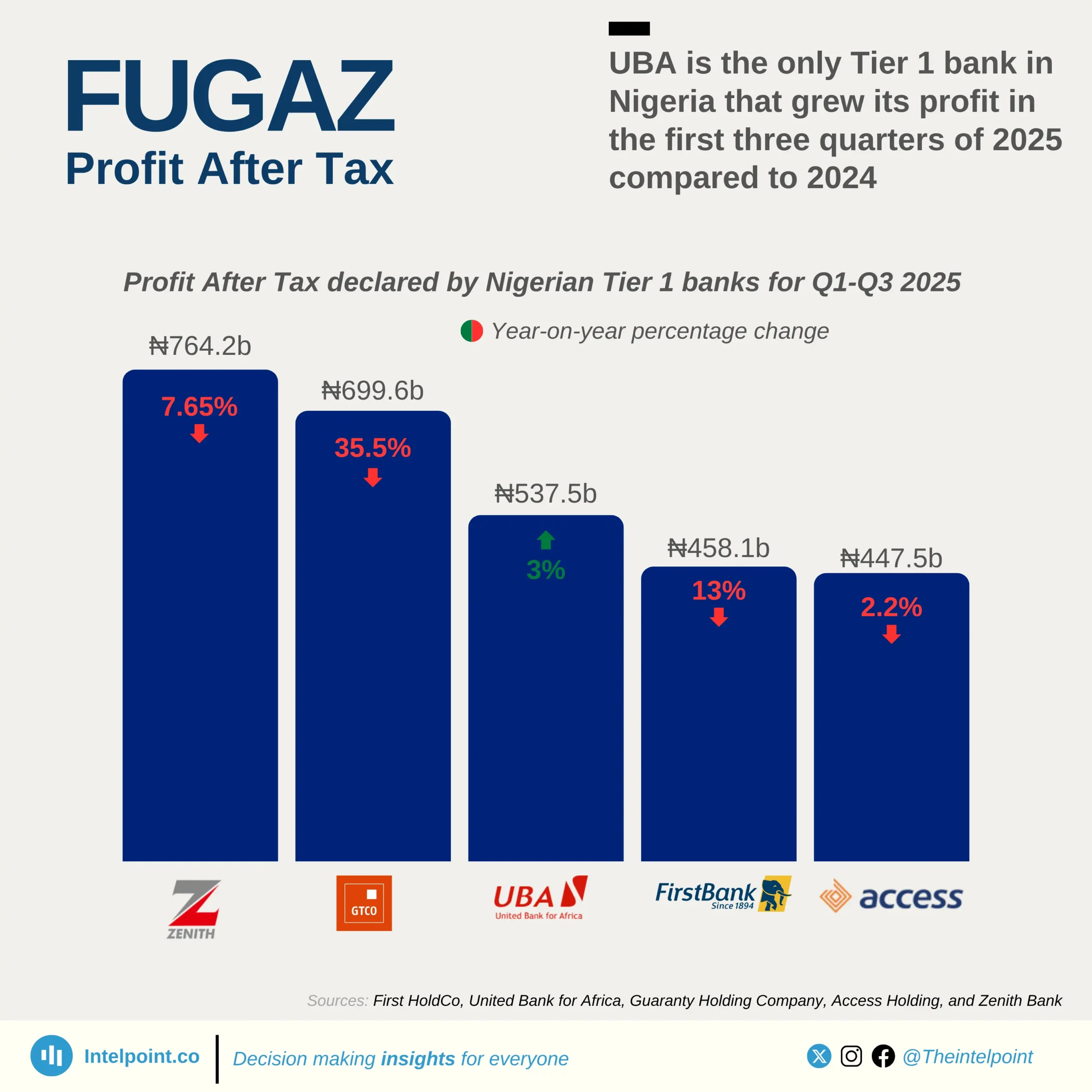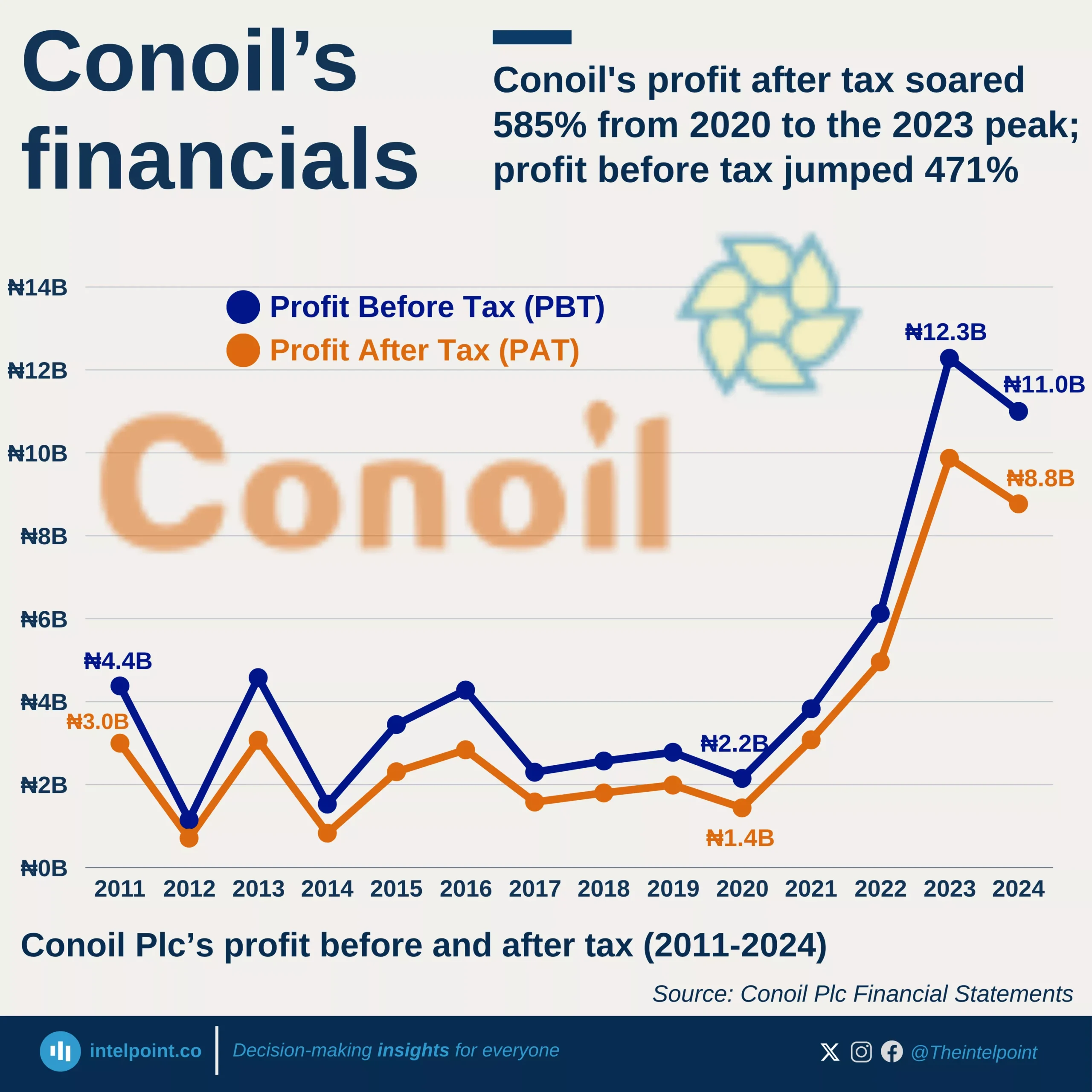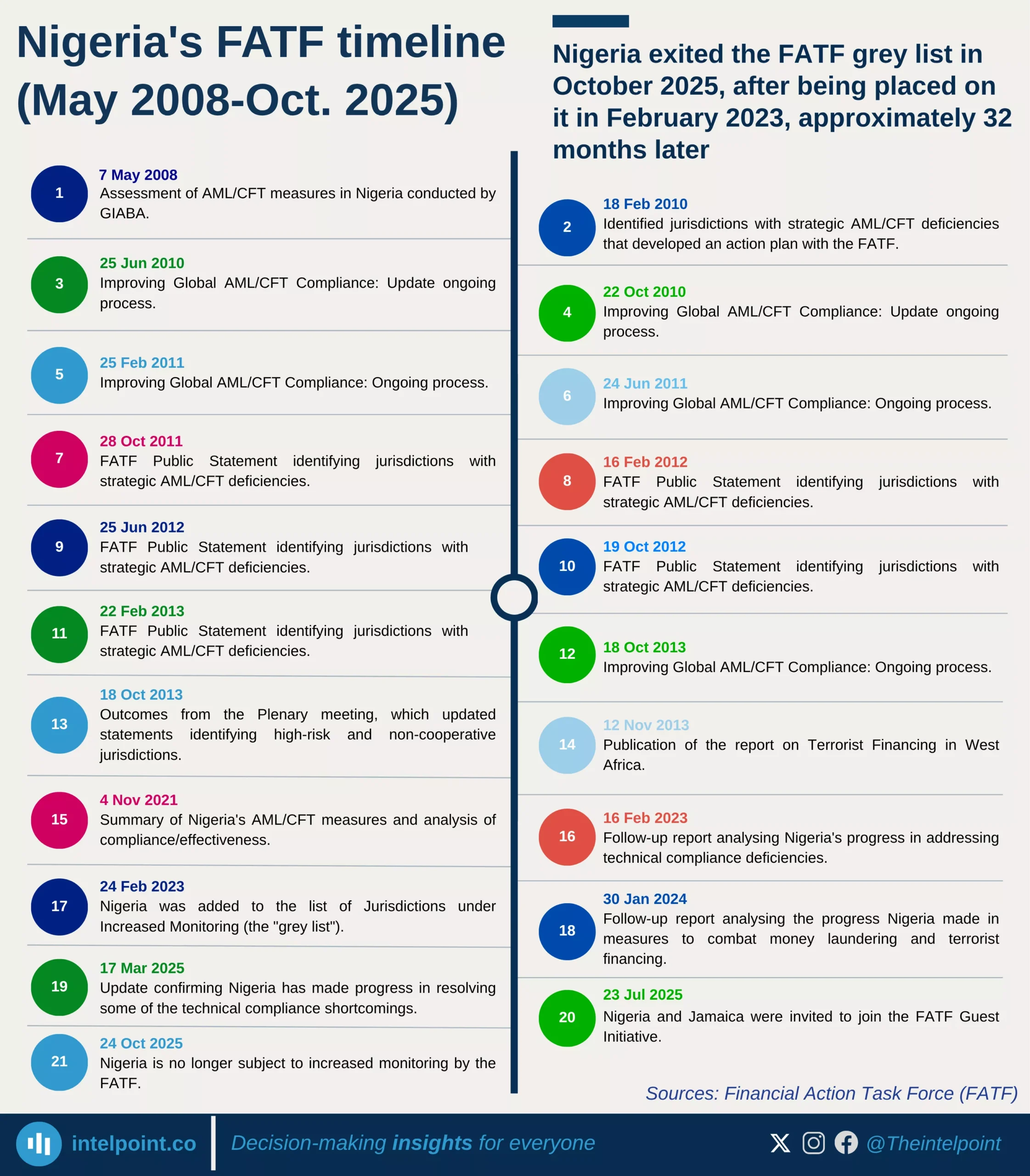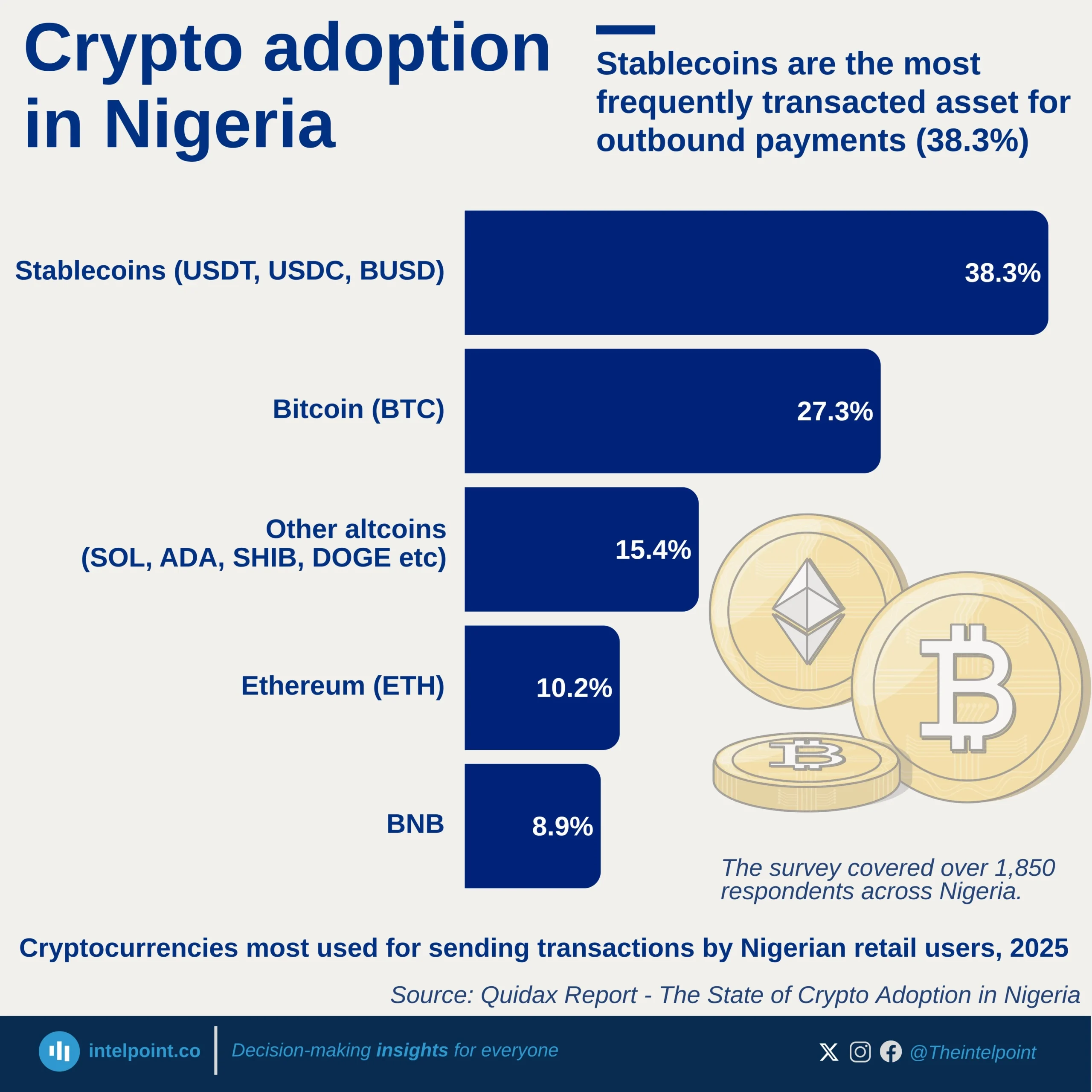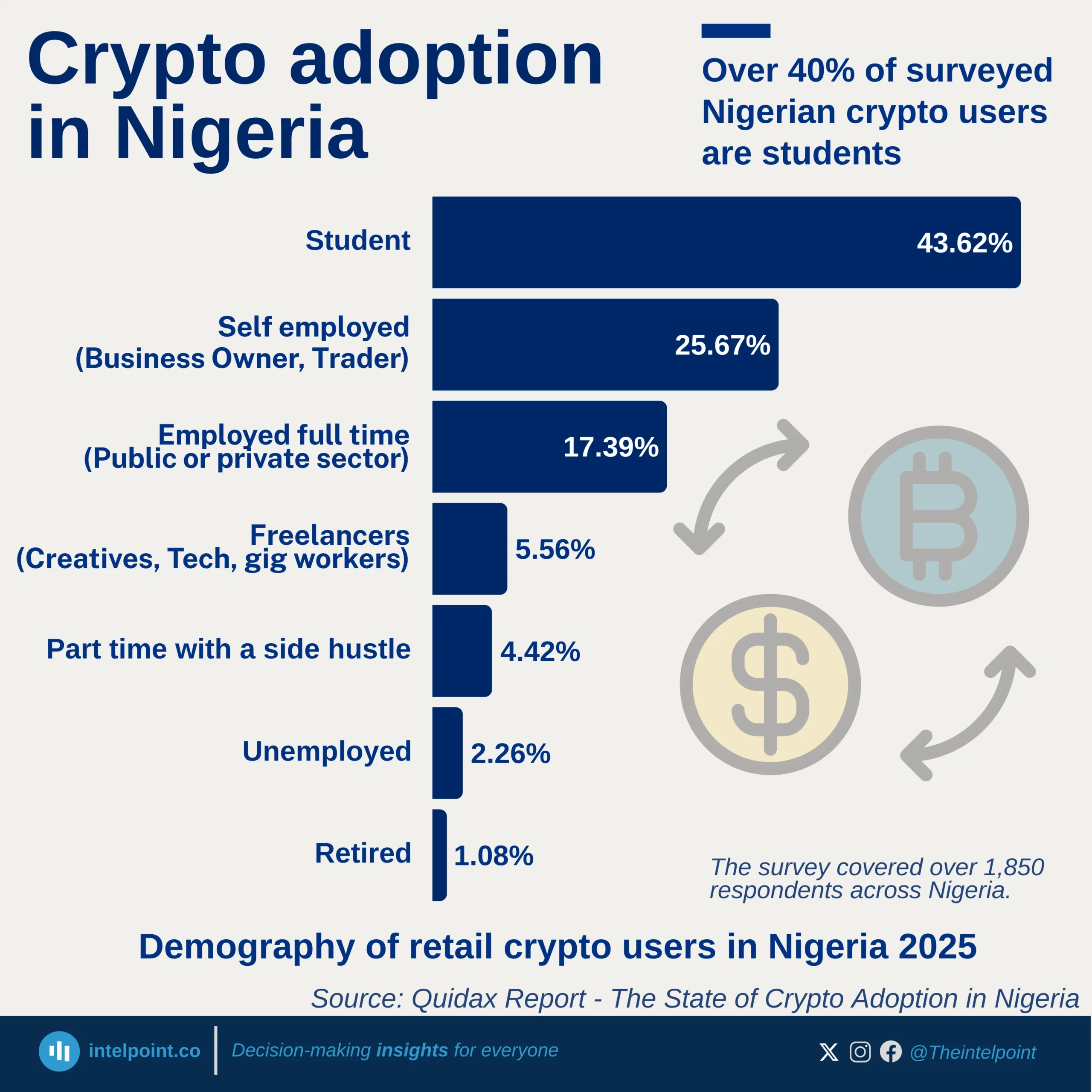Microsoft’s financial performance between 2018 and 2025 paints a compelling picture of robust and consistent growth. Starting with $26.8 billion in revenue in Q1 2018, the tech giant steadily expanded its earnings, culminating in $70.1 billion by Q1 2025, a more than 2.5x increase in just seven years. This growth trajectory was not limited to top-line revenue; net income followed a similar upward path, moving from $7.4 billion to an all-time high of $25.8 billion over the same period.
The company’s most aggressive financial leap occurred post-2020, with revenue consistently surpassing the $50 billion mark from late 2021 onwards. Particularly notable is the period from 2023 to 2025, during which Microsoft achieved sustained quarterly net profits above $20 billion. This financial momentum reflects Microsoft’s operational efficiency, market dominance, and successful expansion across its cloud, enterprise, and AI-driven services, positioning it as one of the most profitable companies of the decade.

